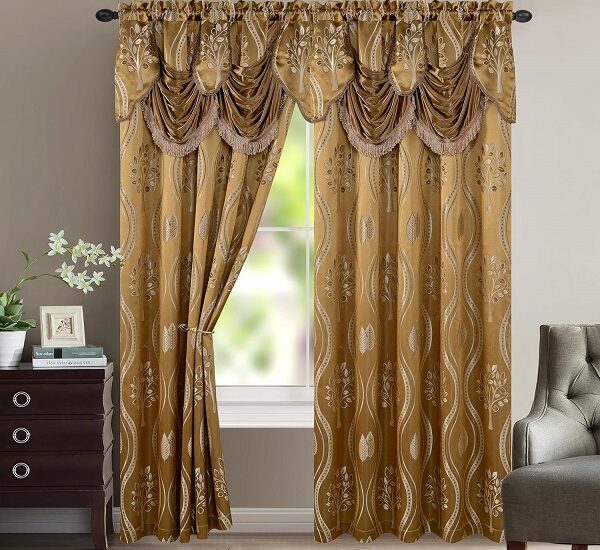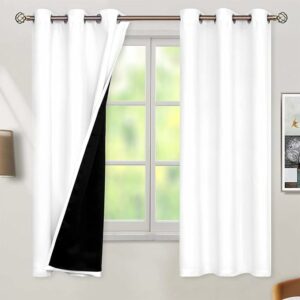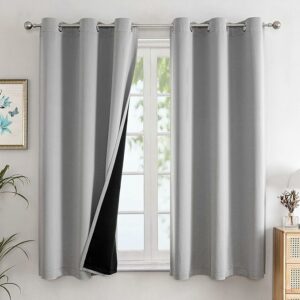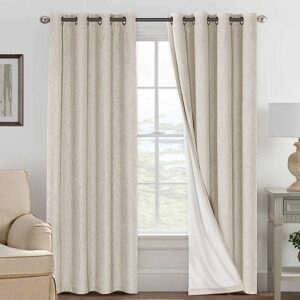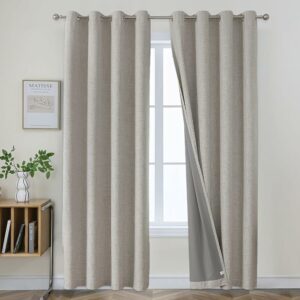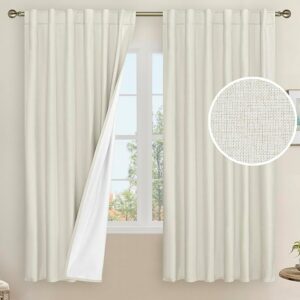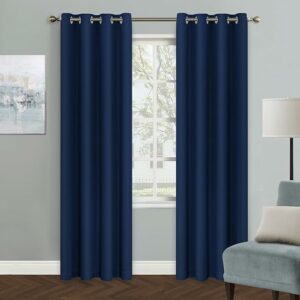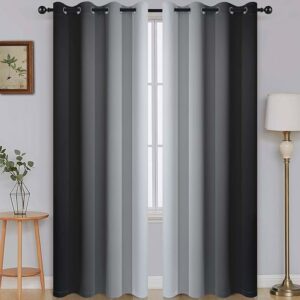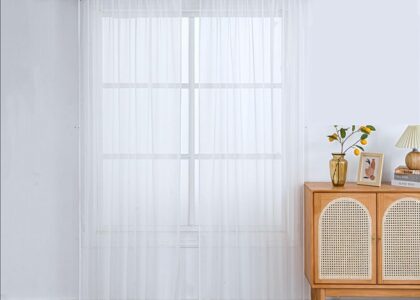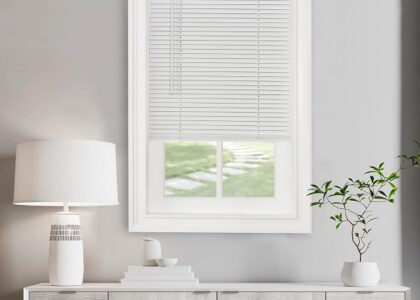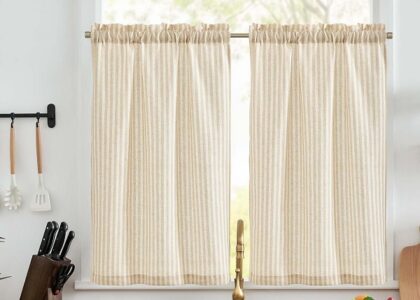Introduction
Are you struggling to find the perfect curtain liner for your home? The right curtain liner can completely transform your space, enhancing comfort, privacy, and even energy efficiency. But with so many options out there, how do you make the best choice? From selecting the best material for curtain liners to finding the ideal color and thickness, this guide will help you navigate the details. Whether you’re interested in thermal curtain liners for winter warmth, blackout options for privacy, or simply a guide to choosing curtain liners, this article covers it all.
Why Curtain Liners Matter
Curtain liners are more than just a functional addition to your windows. They offer a range of benefits that go beyond aesthetics:
1. Improved Temperature Control
Thermal curtain liners are especially valuable in colder months, as they provide insulation that keeps your room warmer, reducing heating costs. In warmer months, they can help keep the heat out, creating a more energy-efficient home.
2. Enhanced Privacy and Light Control
Curtain liners add a layer of privacy, keeping out prying eyes and allowing you to control the amount of light entering a room. For bedrooms, nurseries, or home offices, blackout liners are often ideal.
3. Protection for Your Curtains
Liners also protect your curtains from sun damage and dust, extending their lifespan and preserving their color.
📝 Pro Tip: Using thermal curtain liners for winter can make a noticeable difference in your energy bills by reducing heat loss.

Choosing Curtain Liners: Material Matters
Selecting the best material for curtain liners depends on your primary goals, whether that’s insulation, privacy, or aesthetics. Here are the most common types:
1. Polyester
Polyester is a popular choice because it’s durable, affordable, and offers decent insulation. These liners are also low-maintenance and easy to clean.
2. Cotton
Cotton liners are soft and eco-friendly, offering a breathable, natural option. However, they may not block light or provide as much insulation as other materials.
3. Thermal Fabrics
Thermal curtain liners, made of materials specifically designed for insulation, are ideal for keeping homes warm during colder months. They’re often paired with blackout capabilities, offering dual benefits.
4. Blackout Fabrics
If blocking light is your main concern, look for blackout materials, which can darken a room entirely. They’re ideal for bedrooms or media rooms where light control is essential.
Verdict: Polyester is ideal for general use, thermal fabrics are best for insulation, and blackout fabrics are perfect for privacy and light blocking.
Best Thermal Curtain Liner for Winter
Why It’s Important
The thickness of a curtain liner affects its effectiveness in terms of insulation, light control, and durability. Here’s a breakdown of what to consider:
1. Thin Liners
Ideal for light-filtering needs, thin liners provide minimal insulation but can be a good choice if you only want to soften incoming light without full blackout capabilities.
2. Medium Thickness
These liners strike a balance between light control and insulation, making them suitable for rooms where you need some privacy and temperature regulation.
3. Heavy or Thick Liners
Heavy curtain liners, often in thermal or blackout designs, offer maximum insulation, noise reduction, and light blocking. They’re perfect for winter months or rooms where full privacy is essential.
📝 Pro Tip: Choose thick liners if you live in a colder climate or need full light blocking for a restful sleep environment.
Choosing Curtain Liner Colors
The color of your curtain liner might seem like a small detail, but it can impact your space’s overall look and feel. Here’s a quick color guide to help:
Neutral Shades (White, Beige, Gray)
Neutral colors work with most curtain styles, blending seamlessly without drawing attention. White and beige liners are also less likely to fade under sunlight.
Darker Shades (Black, Navy, Charcoal)
If you’re using blackout or thermal liners, darker shades can improve their effectiveness in blocking light. These colors are ideal for creating a cozy, intimate setting.
Colored Liners
For a pop of personality, some liners come in subtle colors that can add a stylish touch to your decor. However, keep in mind that brightly colored liners may not complement every curtain style.
Verdict: Opt for neutral shades for a versatile, timeless look. Darker shades are ideal for blackout and privacy needs.
Pros and Cons of Different Curtain Liners
Pros of Curtain Liners
- Energy Efficiency: Thermal liners save energy by retaining heat.
- Privacy: Blackout and thicker liners ensure privacy.
- Noise Reduction: Thicker liners reduce outside noise.
- Aesthetic Versatility: Available in various colors and materials.
Cons of Curtain Liners
- Weight: Heavier liners may require sturdier curtain rods.
- Limited Colors: Blackout and thermal liners often have fewer color options.
- Cost: Premium liners may be more expensive.
📝 Verdict: The benefits of adding a curtain liner typically outweigh the cons, especially if you’re looking for energy savings, privacy, and noise reduction.
Final Thoughts on Choosing the Right Curtain Liner
Curtain liners may be a small addition, but they offer considerable benefits for home comfort, style, and function. With options in various materials, colors, and thicknesses, you can easily find a curtain liner that meets your specific needs, from thermal protection to enhanced privacy and noise reduction.
Conclusion
Choosing the right window curtain liner doesn’t have to be overwhelming. By focusing on the right material, color, and thickness, you can find a liner that meets your needs and elevates your home. Whether you’re aiming to block out the summer heat, reduce noise, or create a darker, more private space, a carefully chosen curtain liner is the perfect solution.



